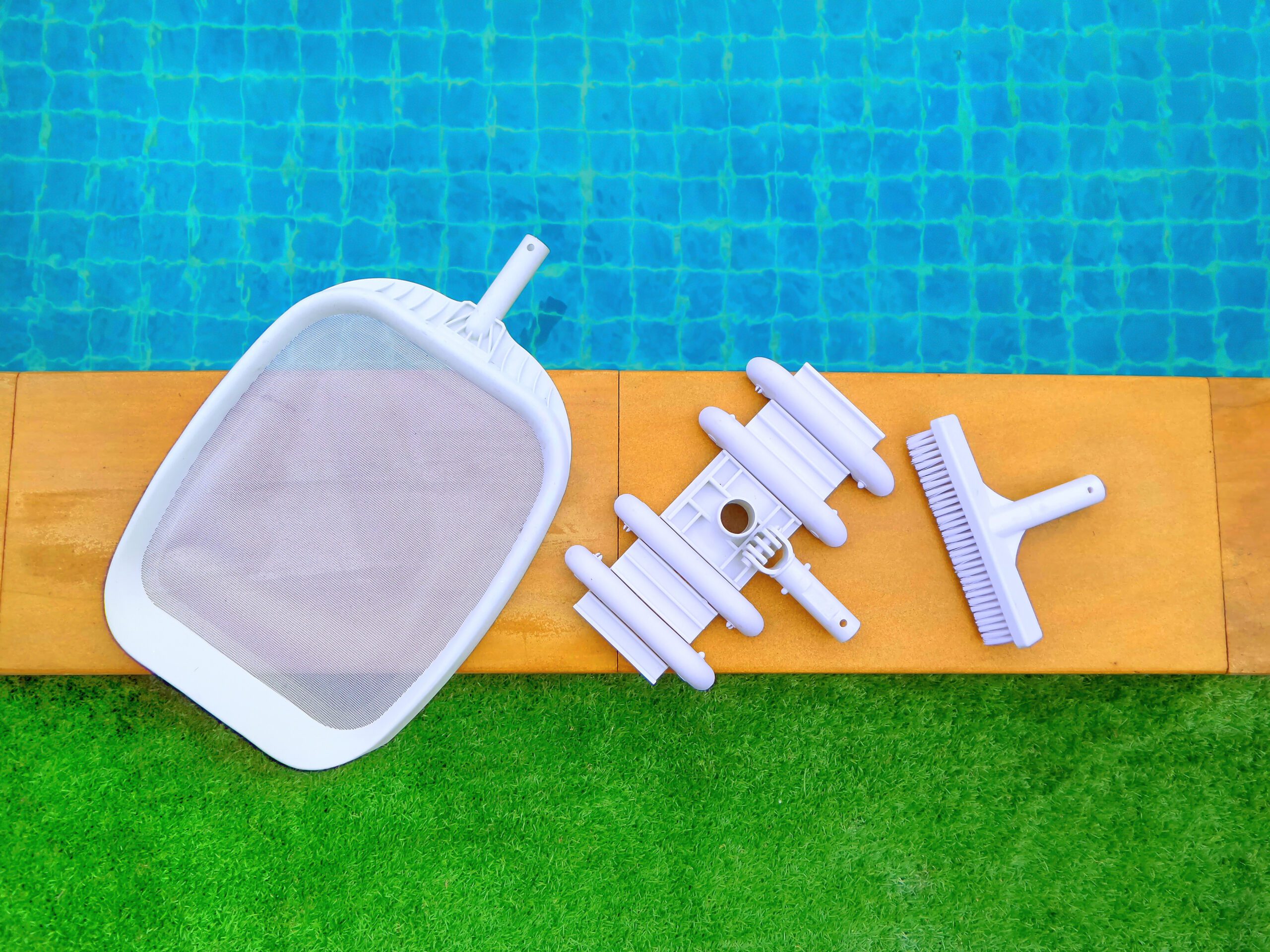
Want to learn more about algaecide? Read on to find out when to add algaecide to your pool maintenance routine and other helpful tips.
Priming your pool pump is an important part of your pool maintenance and wellbeing. The process of priming your pump is done to remove air and to fill the pump with water. A pump without air and with water is one that is ready for use. This process is complete to ensure that your pool pump works in the correct manner.
Today on Pool Calculator we are going to be breaking down the process of priming your pump. This will be done in only a few simple steps. The end goal of this article is to provide simple, yet thorough directions to get your pump ready. This pump will be vital through swim season regarding the cleanliness and the overall working of your pool.

For more articles on Pool Maintenance, click here.
The process of turning off the power to your pool is a crucial step. This will ensure your pump or other parts of your pool won’t run at the wrong time. For instance, having a pump that runs without water or the correct circulation can break the pump or cause damage. This damage will cost you money.
Therefore, the simplest way to accomplish this step is to flip the power breaker connected to your pool. This will cut all power to the pool and allow you to prime your pump without any fear of damage.
After the power to your pool has been cut, it’s time to get to work. Turning your multiport valve to circulate is key to priming your pool pump.
The circulate setting on your pump means that water will only run in and out through the multiport valve and will NEVER go into the pool filter system. This setting is useful because it allows you to do work on your pump and filter without any water getting into somewhere it shouldn’t.
After your valve is set to circulate, it’s officially time to prime! Start by removing the lid of your pool pump. If you don’t know how to do this, refer to your pump’s directions and there likely will be instructions for removing the lid without damaging the pump.
Because you made sure your lid was taken off correctly, it’s time to move on. Next, take a garden hose or another watering device and place it inside of the basket on the pump. Start filling the basket with water. Usually there will be marked water lines in the basket. However, if not, we recommend filling for a few minutes until the water looks high enough to create a suction in the pool pump.
Once the water levels are high enough in your pump, turn your filter system back on. This step is necessary to check the suction and priming of your pump.
You will know that you did the previous steps correctly if the water starts running from the basket and into the actual housing of the pump. Make sure there are no air bubbles visible in any part of the system, because if there is the suction is likely not as strong as it should be. Because we need the pool to be primed correctly, this step is crucial to know you did the job well.
To find out which swimming pool filter is right for you, click here.
With all of these steps complete, your pump has been successfully primed. You will need to repeat this process as needed. Signs of low or no water in the pump will be a low pressure reading on the pool filter, or little or no water physically in the pump strainer.
In conclusion, your pool pump is primed and ready for action, it’s time to enjoy your pool with your loved ones!
Use our PoolCalculator App to ensure your pool stays in great shape!

Want to learn more about algaecide? Read on to find out when to add algaecide to your pool maintenance routine and other helpful tips.

In this quick guide, we’ll answer the question “can you over shock a pool” and unveil the factors to consider when shocking a pool.

Maintaining both pH and total alkalinity in your swimming pool is important for keeping your pool properly sanitized and non-corrosive. Total alkalinity is to pH what cyanuric acid is to free chlorine. Total alkalinity stabilizes pH levels. The ideal pool pH level is 7.4 to 7.6. The ideal total alkalinity level is 80 to 120 ppm.

The Association of Pool and Spa Professionals recommends free chlorine levels for both swimming pools and hot tubs be kept between 2.0 and 4.0 ppm. However, the Center for Disease Control recommends free chlorine stay above 1 ppm in pools and 3 ppm in hot tubs.